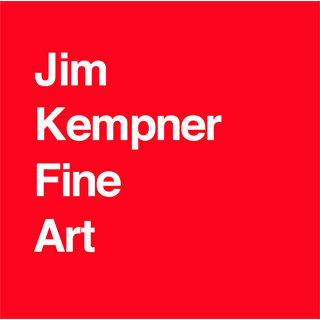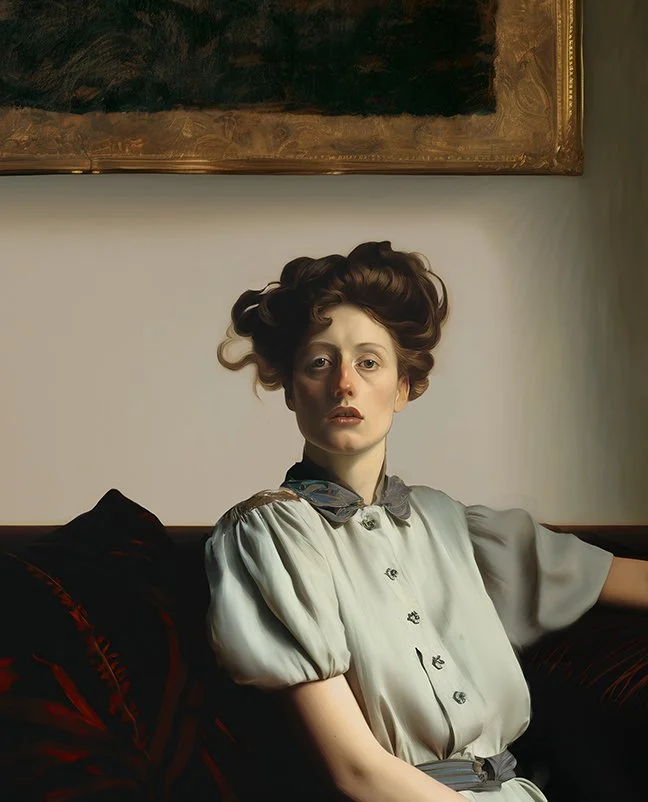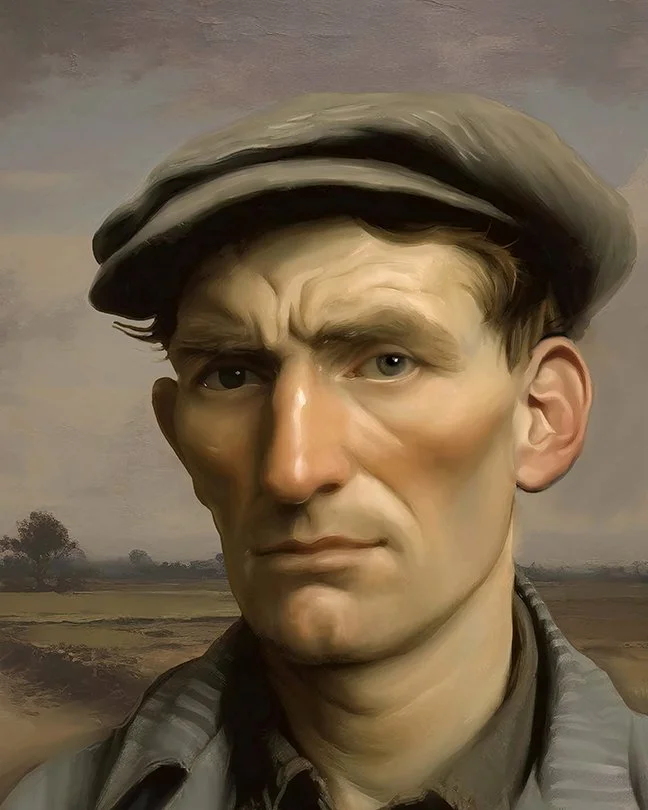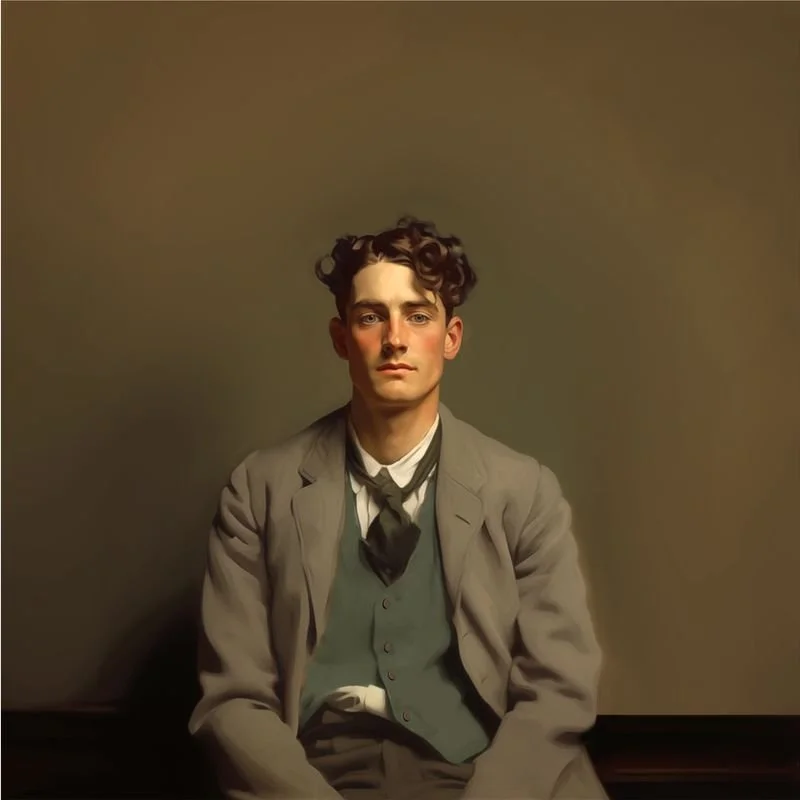Jessica Helfand
Jessica Helfand (b. 1960)
“I am an artist with a research-based practice, which means I use a historian’s lens to develop visual form. I am also a futurist who experiments with digital and speculative tools to help me imagine more broadly. This work—the work of deep character study— is enlivened by research in general, and by primary sources in particular: letters, diaries, photographs, and ephemera provide a kind of material affirmation, documentary evidence hinting at the contours of a person’s imagined (but believable) human experience. The research here is rooted in the words of others. My observations are adapted from their experiences, not my own. (I sometimes say I paint like a method actor, and this is why.) The process I have developed over many years is labor-intensive, involving collecting and collage, assemblage and editing, printing and painting. I paint on top of found photographs effacing, enhancing—ultimately letting go of the source image when what’s in front of me begins to resemble a painting. Then I experiment with different word combinations (across a range of AI apps) to chisel away at what’s in my mind, until I find what—or, more impo rtantly, who— I’m looking for. I paint what I want to see, Philip Guston once wrote. (I paint who I want to know.) All portraits are works of the imagination, and each character I study is an amalgamation—of sources, snippets, anecdotes, and impressions. Each likeness I paint is an approximation—of samples, fragments, secrets, and imagined conversations. That these conversations are increasingly facilitated by AI means that my studio now operates as a kind of biographical seed bed, a test kitchen for visual exploration and historical reenactment. A portrait is a record, but it is also a reverie, a material affirmation of a different sort. We’re all invisible—until we’re not.”
BIO/CV



















